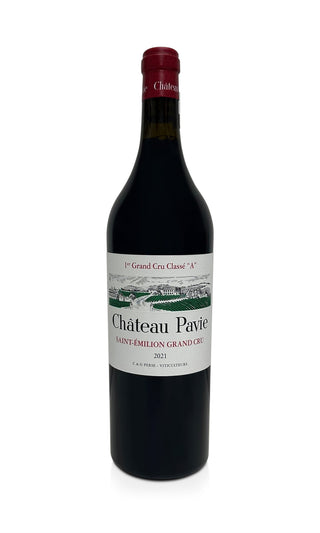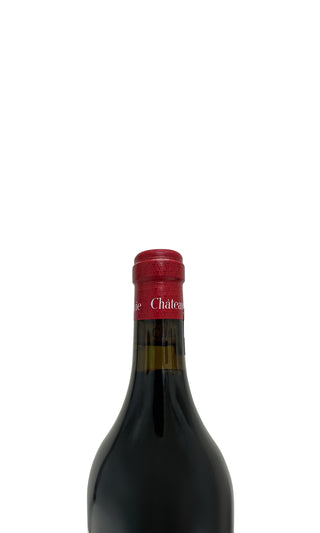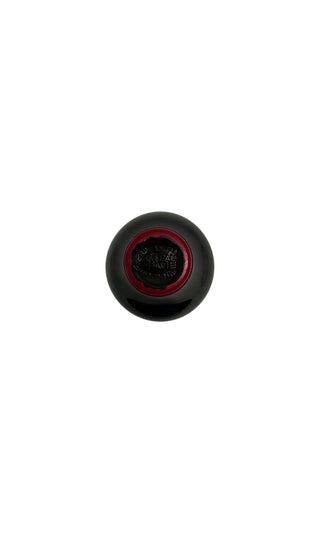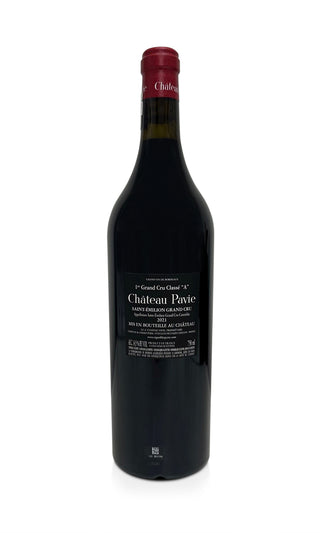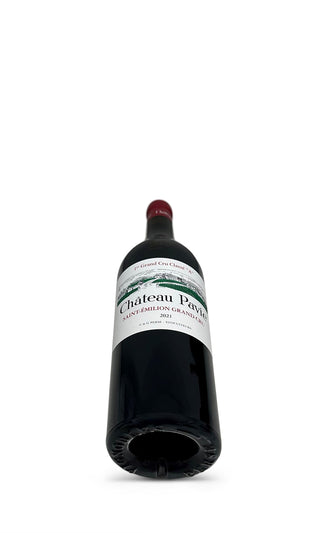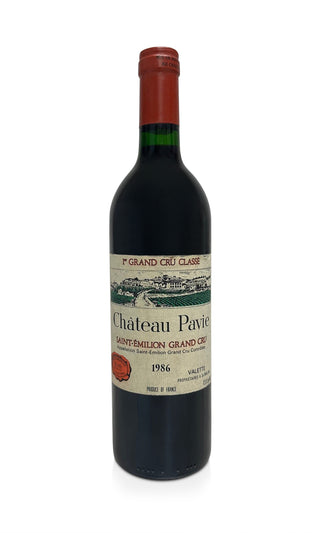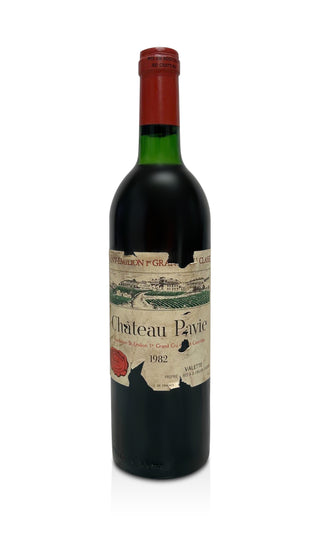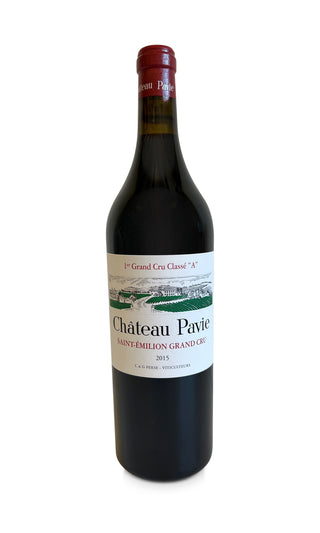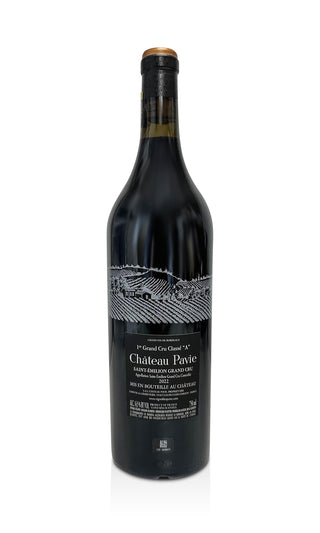
Suckling over Château Pavie 2021
Deep black and blue fruit with cocoa and tar character. Compact and full-bodied with firm, ripe tannins that are very textured and interwoven into the wine. This has a lot of structure to go a long way. Yet it remains in balance with finesse. 52% merlot, 30% cabernet franc and 18% cabernet sauvignon.
Description
| Land | France |
| Region | Bordeaux Saint Emilion |
| Rebsorten | Merlot, Cabernet Franc, Cabernet Sauvignon |
| Alkoholgehalt | 14.50% |
| Füllstand | high fill |
| Verschlußart | cork stopper |
| Kennzeichnung | Contains sulphites |
| Farbe | Red |
| Inverkehrbringer | Château Pavie, Pimpinelle, 33330 Saint-Émilion, France |
| Charakter | Dry |
| Servierempfehlung | Decant at 16-18°C |
| Trinkempfehlung | 2028 - 2056 |
| Jahrgang | 2021 |
Bordeaux Saint Emilion, France 🇫🇷
Goes well with

Château Pavie 2021

Château Pavie 2021 presents a fascinating fusion of power and elegance. Aromas of dark fruits, subtle spices, and a delicate mineral note unfold harmoniously in the glass. Smooth tannins lend the wine structure and depth, while the remarkable length of the finish leaves a lasting impression.
Winemaking at Château Pavie is a craft of precision. From the meticulous harvesting of the grapes to the careful vinification and aging in French oak barrels, every detail is treated with the utmost care. Combining tradition and innovation, the result is a wine that represents Château Pavie's heritage at its finest.
Château Pavie 2021 is the ideal companion for discerning connoisseurs and special occasions. Whether as a perfect complement to a festive meal or as a gift for wine lovers with the highest standards, this wine promises unforgettable moments of enjoyment.
Château Pavie
Information about the winemaker:
The history of this winery dates back to Roman times, and it's fascinating to consider how many generations of winemakers have shaped this heritage. In the 19th century, the château experienced a rebirth under the leadership of Ferdinand Bouffard, who transformed it into a respected winemaking center. However, it was the Perse family, who took over the property in the 1950s, who initiated a remarkable transformation that led it to its current glory.
Learn more
